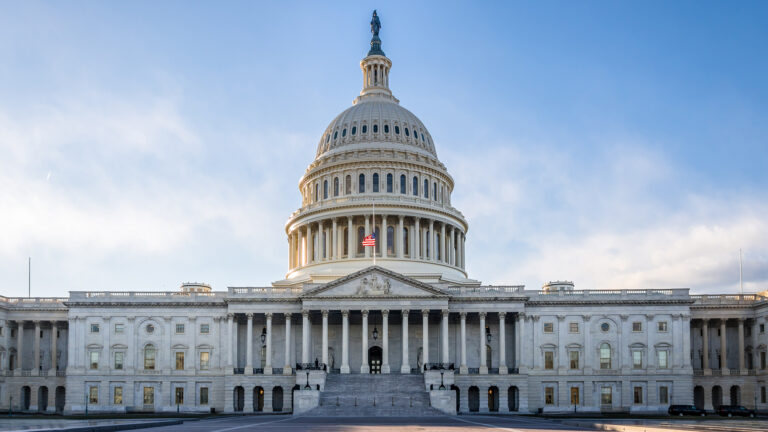By Nick Hedley
The Australian Prudential Regulation Authority (APRA) says
superannuation funds will need to bulk themselves up – through mergers or other
means – to ensure they remain sustainable and competitive as the era of easy
returns fades.
Consolidation in the industry is already well underway. Over
the past decade, the number of APRA-regulated funds has fallen from about 330
to 145, and the regulator says it is aware of at least nine mergers that are
either in progress or under serious consideration.
Referring to the “rough seas ahead” and the outlook for
smaller funds, APRA’s Executive Director of Superannuation, Suzanne Smith, said
on June 23: “Should it become clear that their vessel is too small or the
conditions too rough, they should be prepared to move their members to another
ship to ensure they reach the safe harbour of a financially secure retirement.”
APRA’s research suggests that those funds that are pooling
their resources, expertise and asset pools “will realise savings they can pass
on to members through lower fees and costs,” Smith said at a “meet the
regulators” event.
Speaking alongside her, APRA Chair Wayne Byres said that if
one was to design the superannuation industry from scratch, “you wouldn’t give
it the shape we have today.”
“In an industry where size matters, there’s a long – and
often underperforming – tail.”
Of the 145 APRA-regulated funds, 105 have less than A$10
billion (US$6.9 billion) in funds under management, and 70 have less than $2
billion. Collectively, those 105 small funds manage only 8.5% of the industry’s
assets.
In contrast, 17 large funds have more than $50 billion in
funds under management each, collectively accounting for more than 70% of
assets.
A recent APRA analysis found that trustees of the largest
funds are leveraging their scale to reduce expenses and improve operating
efficiencies, Byres said.
“They can lower fees and costs, access higher-yielding investments
and better attract new members – a virtuous circle. Meanwhile, about half of
sub-$10 billion funds face sustainability challenges with declining net cash
flows and accounts. It’s hard to see how that is going to generate the best
outcomes for their members.”
In the wake of COVID-19, Russia’s invasion of Ukraine has
exacerbated supply chain problems, soaring energy prices, surging inflation,
rising interest rates, and falling asset values.
As such, Byres said, “The world in which asset values, and hence
returns to members, are elevated by very low interest rates seems at an end.”
This will yield a greater focus on value for money,
performance and transparency in the superannuation industry.
APRA will rectify sub-standard practices and eradicate “unacceptable
product performance” to ensure improved outcomes for members, Byres said,
adding that there is “no longer anywhere to hide” due to the publication of annual
reviews of funds’ performances and fees.
This enhanced transparency is already weeding out
underperformers, he said.
“Inevitably, it will be trustees with robust business
practices, operating within a clearly defined strategy that puts their members’
interests first, that will be best placed to navigate their way through some
tricky times. Those that are unable to do so shouldn’t expect APRA to throw
them a life buoy.”












